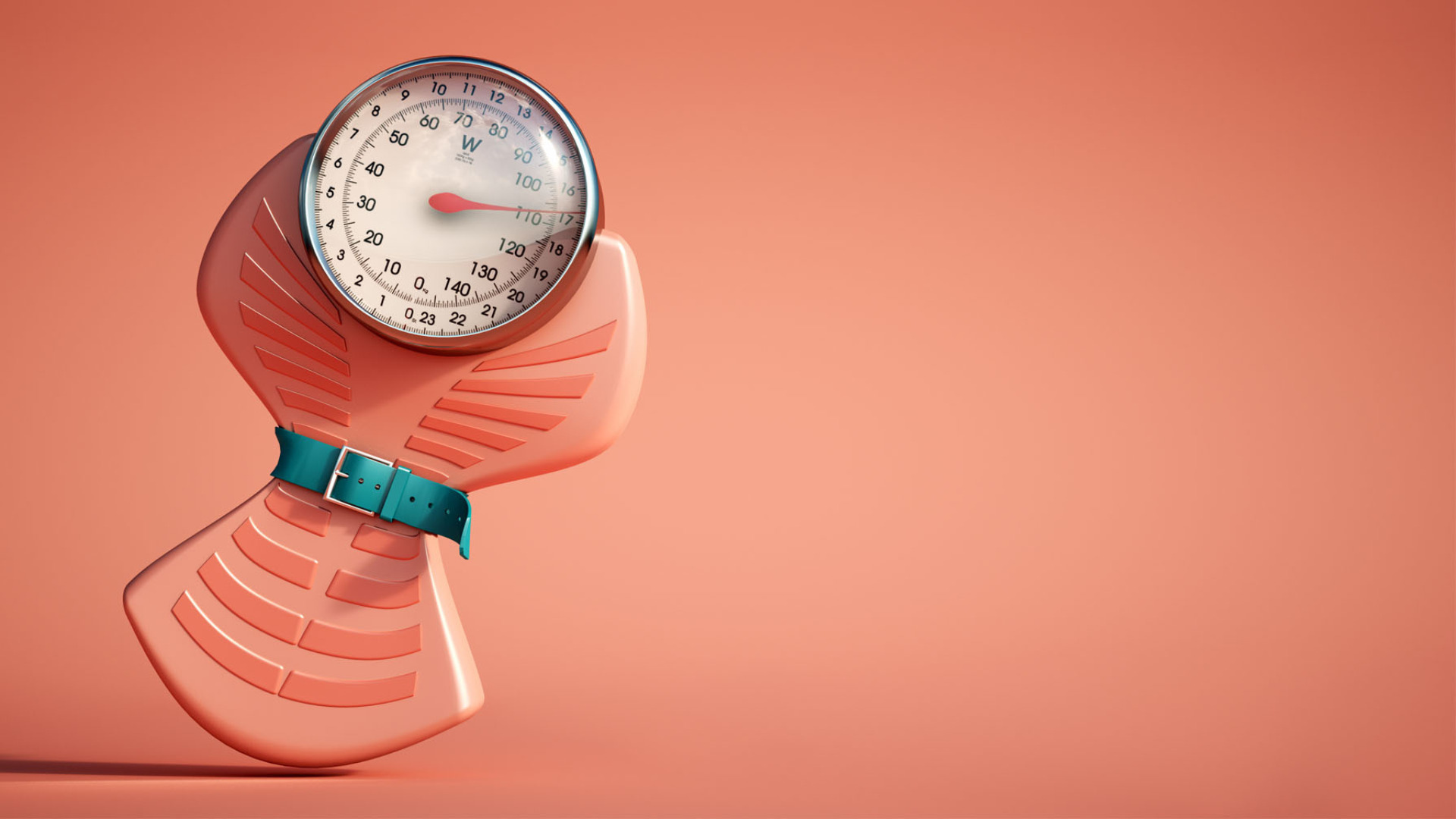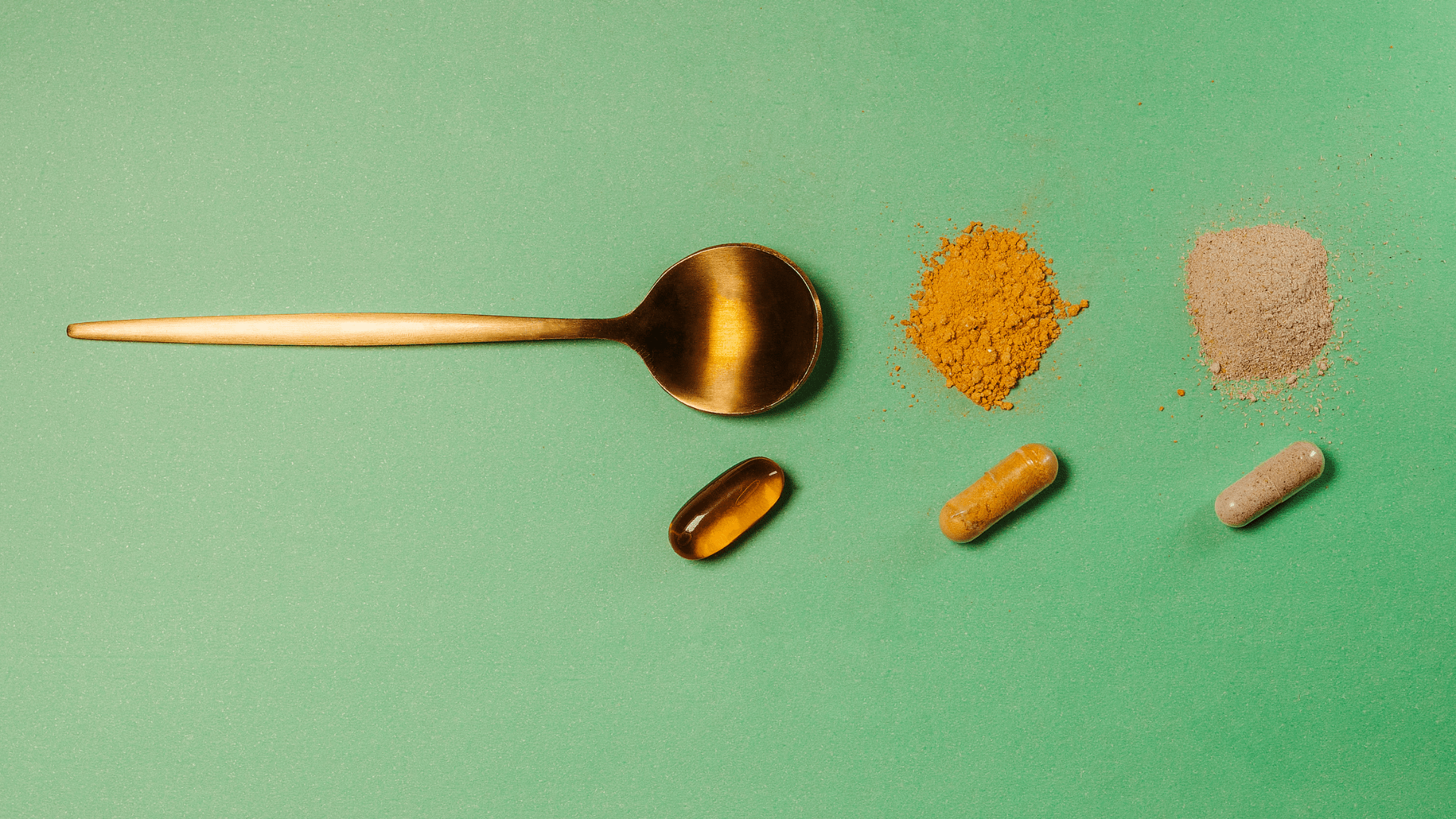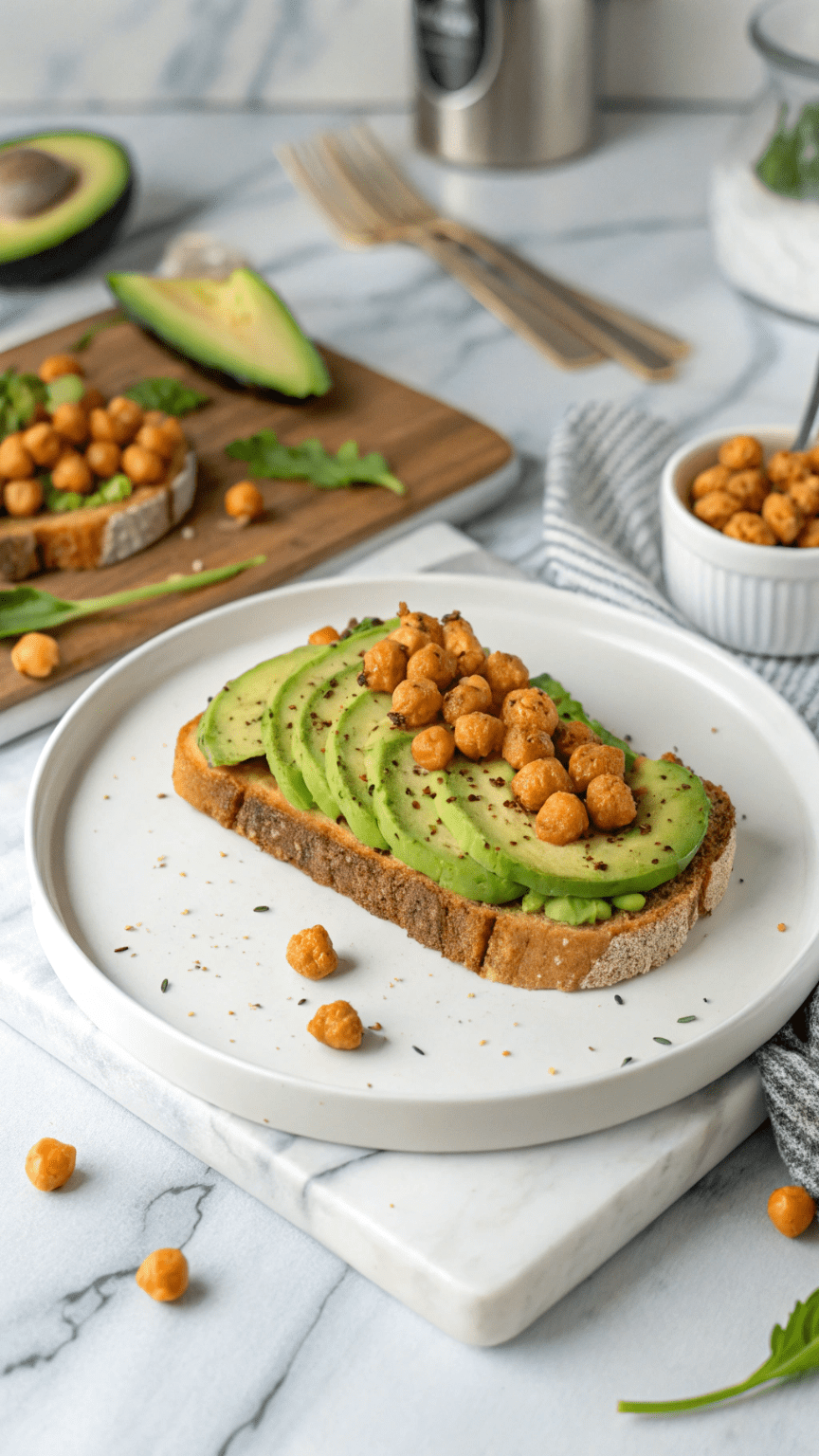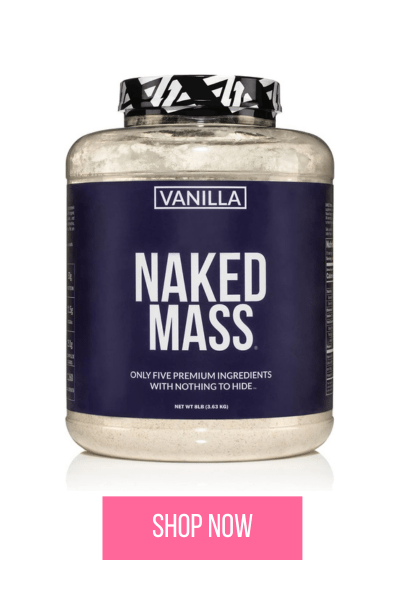Lose Weight Without Going to The Gym

Losing weight can be a challenging journey, but it doesn’t have to involve extreme diets or deprivation. By adopting a clean eating approach and maintaining a calorie deficit, you can achieve sustainable weight loss while nourishing your body with wholesome foods. In this blog post, we will delve into the principles of clean eating, explain the concept of a calorie deficit, and provide practical tips to help you reach your weight loss goals.
Understanding Clean Eating
Clean eating is a dietary approach that focuses on consuming whole, unprocessed foods while avoiding or minimizing processed and refined products. The goal is to nourish your body with nutrient-dense foods that provide essential vitamins, minerals, and antioxidants. By eliminating or reducing highly processed foods that are often high in added sugars, unhealthy fats, and artificial ingredients, you can optimize your health and support weight loss.
Creating a Calorie Deficit
To lose weight, you need to create a calorie deficit, which means consuming fewer calories than your body burns. This forces your body to tap into its fat stores for energy, resulting in weight loss over time. It’s important to note that creating too large of a calorie deficit can be counterproductive and may lead to muscle loss or a slowed metabolism. Therefore, it’s crucial to strike a balance by gradually reducing your calorie intake while ensuring adequate nutrition.
Practical Tips for Clean Eating and Calorie Deficit
1. Choose Whole Foods:
Base your meals around whole foods such as fruits, vegetables, lean proteins, whole grains, and healthy fats. These foods are naturally low in calories and high in nutrients, making them ideal for weight loss.
2. Portion Control:
Pay attention to portion sizes to avoid overeating. Use smaller plates and bowls to visually trick yourself into thinking you’re consuming more food than you actually are. Additionally, practice mindful eating by savoring each bite and listening to your body’s hunger and fullness cues.
3. Track Your Calories:
Keeping track of your calorie intake can be a helpful tool in creating a calorie deficit. Numerous mobile apps and websites allow you to log your meals and track your daily calorie consumption. This awareness can help you make informed choices and adjust your portion sizes accordingly.
4. Meal Planning:
Plan your meals in advance to ensure you have nutritious options readily available. This can help prevent impulsive food choices and reduce the likelihood of reaching for unhealthy snacks. Include a balance of macronutrients (carbohydrates, proteins, and fats) in each meal to promote satiety and provide sustained energy throughout the day.
5. Stay Hydrated:
Drinking an adequate amount of water is essential for overall health and weight loss. Water helps regulate metabolism, aids digestion, and can help curb appetite. Aim to drink at least eight glasses of water per day, or more if you are physically active.
6. Limit Added Sugars and Processed Foods:
Minimize your consumption of sugary beverages, desserts, processed snacks, and foods high in added sugars. These items are often calorie-dense but nutrient-poor, making it difficult to maintain a calorie deficit while meeting your nutritional needs.
7. Regular Physical Activity:
Now–you don’t have to go to the gym but if Incorporate regular exercise it can enhance your results and even speed it up. Instead of going to the gym you can workout at home by doing strength training, which can help boost metabolism, preserve muscle mass, and improve overall fitness.
Or Even outside by engaging in both cardiovascular exercises (such as brisk walking, jogging, or cycling).
Losing weight through clean eating and maintaining a calorie deficit is a sustainable approach that promotes overall health while shedding excess pounds. By prioritizing whole foods, portion control, tracking calories, meal planning, staying hydrated, limiting processed foods, and engaging in regular physical activity, you can achieve your weight loss goals effectively
Share:
Social Media
Most Popular


Vegetable Dumplings

Ashwagandha & Maca Root: Do They Help With Hormone Balance?

Avocado & Chickpea Toast
Subscribe To Our Weekly Newsletter
No spam, notifications only about new post, updates.
Categories
Related Posts

Building Confidence Through Strength Training: A Powerful Journey for Women
Discover how building confidence through strength training empowers women physically and mentally. Learn how lifting weights can help you feel stronger, healthier, and more self-assured.

Vegetable Dumplings
Make your own delicious vegetable dumplings at home with this easy recipe. Packed with fresh veggies and flavor, these dumplings are perfect for a healthy appetizer or meatless meal.

Ashwagandha & Maca Root: Do They Help With Hormone Balance?
Curious about ashwagandha and maca root for hormone balance? Discover how these adaptogenic herbs may support women’s hormonal health, stress relief, and energy naturally.

Avocado & Chickpea Toast
Try this delicious and protein-packed avocado and chickpea toast—perfect for a quick, healthy breakfast or snack. Loaded with fiber, flavor, and plant-based goodness.


